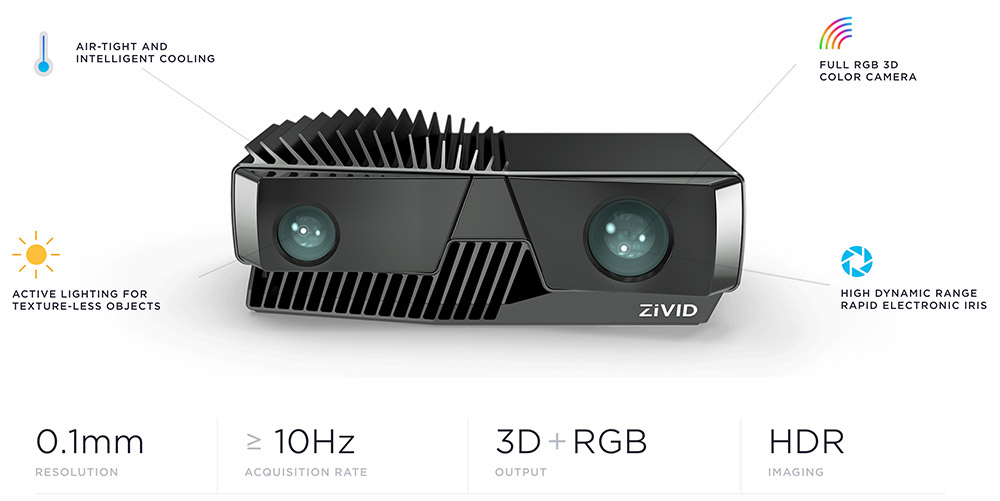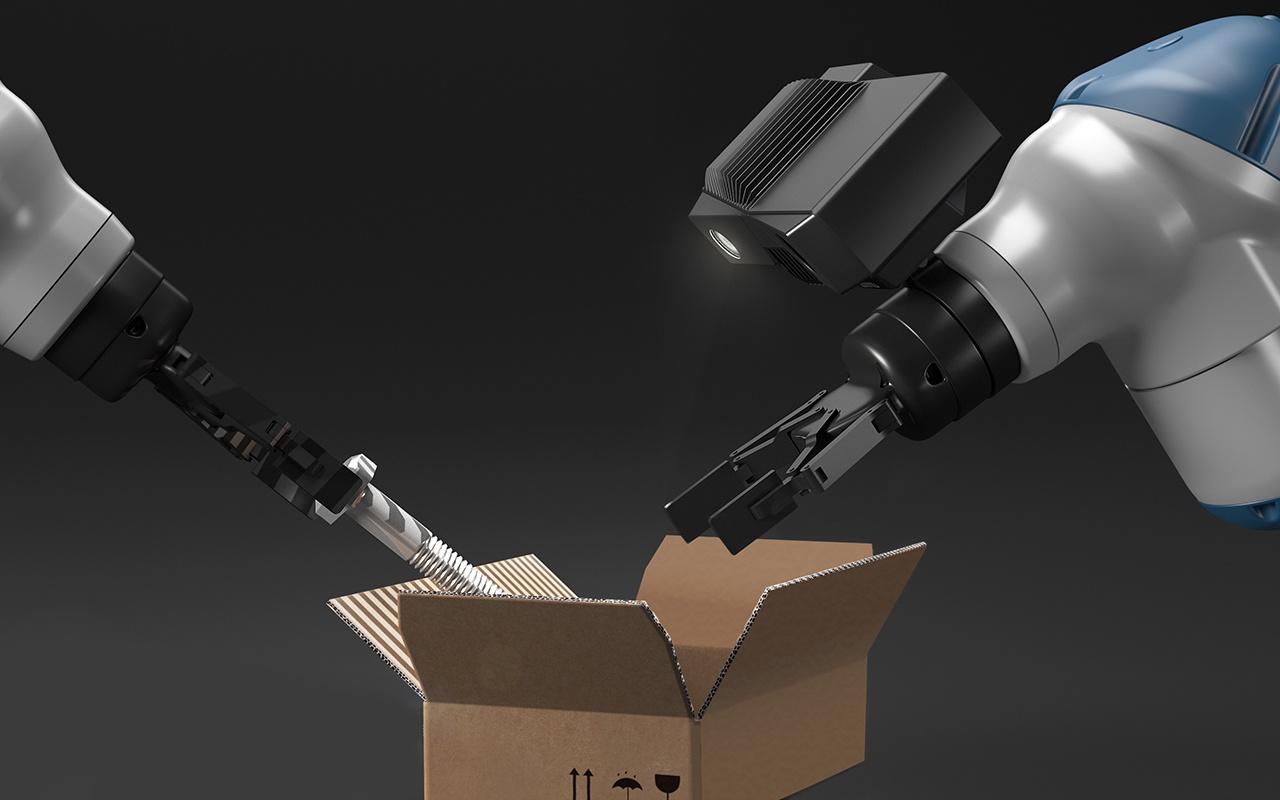
The fourth industrial revolution is happening, and it has the potential to disrupt how we work in global and regional industries. It's clear that human-machine and human-robot collaboration will generate new business outcomes. One of the critical enablers for Industry 4.0 is for machines and robots to work seamlessly in our world. For this to happen, they need to see "our" world.
Our products, Zivid One 3D cameras, are an essential step forward for the machine vision industry. They have a unique combination of high-end features in an industry ready, compact and cost-effective package.
For end-customers, this translates to radically increased robustness and performance of existing automation systems. It will enable robots to take on new and challenging tasks, previously difficult or impossible to automate. It will also make it possible to handle dangerous, dirty, and dull tasks better.
The result for both existing and new markets, and in local and sustainable small-scale facilities include

Many applications are primed and ready for support by robots and 3D vision.
The different industries and markets affected are many, some examples can be:
In high-cost countries, smart automation will help businesses to produce more goods locally. Local production means less transportation, less pollution and enables nations to retain technological knowledge and know-how of its home-grown companies.
Similarly, for logistics and warehousing as consumers buy more, robotics is needed to pick and package boxes of mixed items. Flexible solutions with lower cost in local distribution centers can operate on a smaller scale, locally closer to the customers for faster order fulfillment in an efficient, user-friendly and sustainable way.
Small-scale production and rapid production changes are factors that require new, smart and flexible yet reliable robot and automation solutions. An essential factor for successful automation outcomes is to go from traditional 2D camera systems to 3D imaging.
Being the first 3D color camera designed explicitly for Industry 4.0, Zivid One provides the highest degree of Quality of Data;
Zivid brings
Gjerdrums
N-0484, Oslo
Norway
No Comments Yet
Let us know what you think